Learn to count like in the past with an Abacus
The Abacus is a calculating tool, also called a counting frame, that was used in Europe, China, Japan and Russia, centuries before the adoption of the written Hindu-Arabic numeral system.
There are two categories of Abacuses :
- those in base 10 well known in Europe and Russia in which each wire has 10 beads. Each bead represents, according the wire where it is, a unit, a hundred, a thousand, …
- those in mixed base (5,2) or (4,1) for whose each wire has 2 parts : a left part where beads value 5 units (or 5 hundreds, 5 thousands, … according their position on the wire) and a right part where beads value 1 unit (or 1 hundred, 1 thousand, … according their position on the wire). These abacuses are mainly present in Asia (China, Japan, …)
Available on Google Play Store, Abacus Counting Frame is a free application letting you to count like in the past on your smartphones and tablets. You can download it there :
https://play.google.com/store/apps/details?id=com.ssaurel.abacus
Once you have downloaded Abacus Counting Frame, you can start to write your first number with an Abacus. For this article, we choose to write numbers with the Chinese Abacus also known as Suan Pan.
To write the number one, you must move a bead of the first left wire (this at the bottom) :
To write the number five, you have two options. First is to move the five beads of the first left wire like that :
The second option to write the number 5 is to move one bead on the first right bead like that :
Now, we are going to write a more complex number. For example : 152. To write this number we need to move one bead from the hundreds (the third left wire from the bottom), one bead from the dozens (the second right wire from the bottom) and two beads from the units (the first left wire from the bottom). Your Abacus should be like that :
Once you have understood how the Abacus works, you can write the following number easily : 5,320,152 .
Now, we are going to make an addition with the Abacus. For example, we are going to add 152 with 1,123 . First, you need to write the first number. Here, we write 152 with the Abacus :
Then, you have just to write the second number (1,123) on the Abacus and you will have the result of the addition directly :
Obviously, you can make more complex operations on the Abacus like substractions, multiplications or divisions. You can even calculate square root of numbers ! To go further, you can also discover Abacus Counting Frame in action on this demo video :
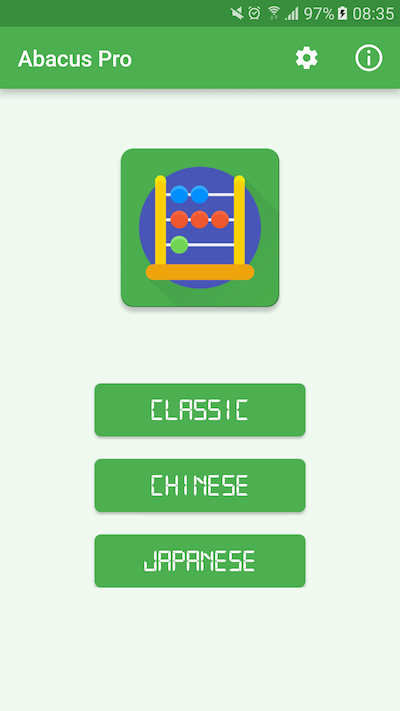
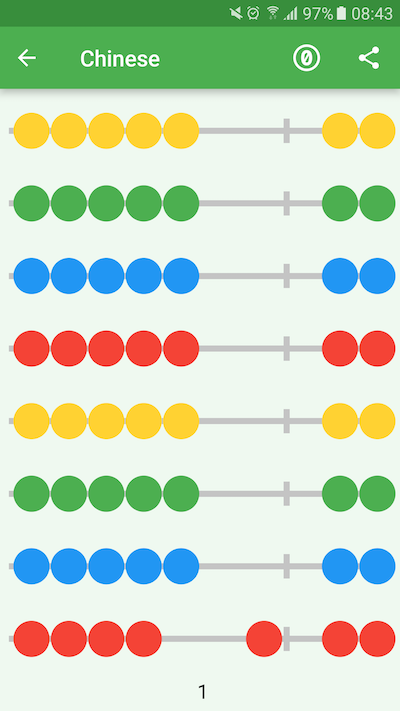
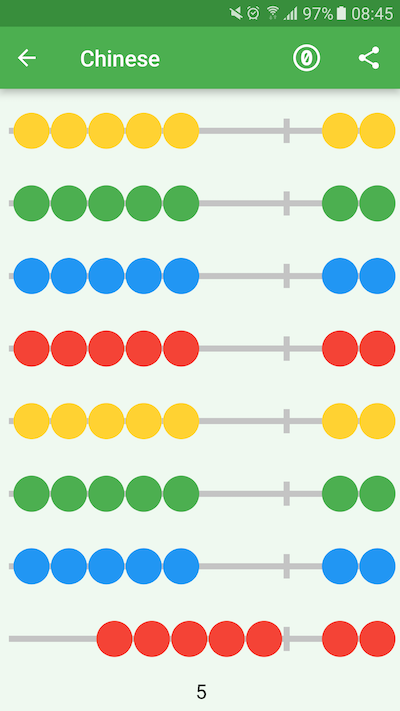
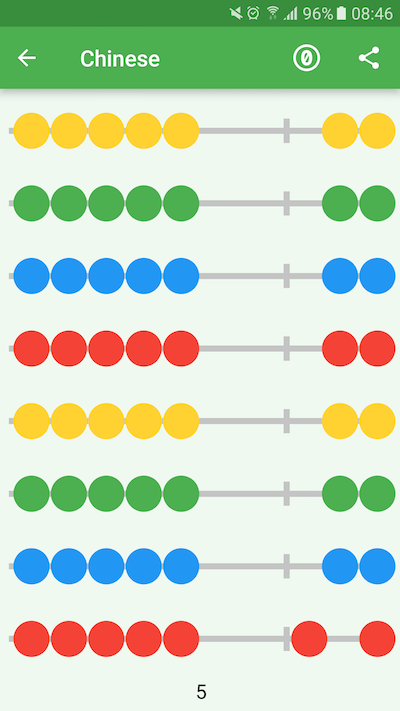
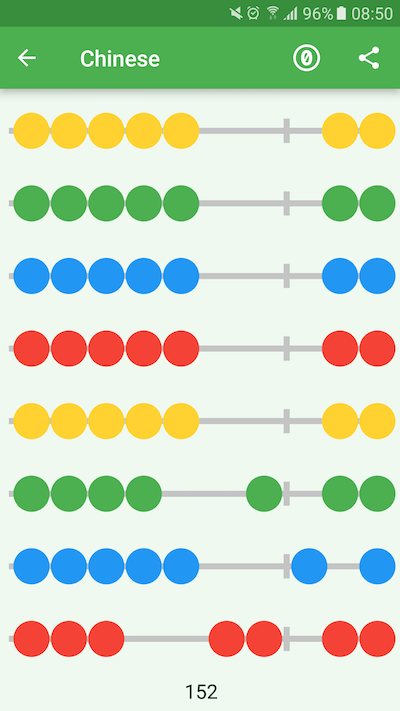
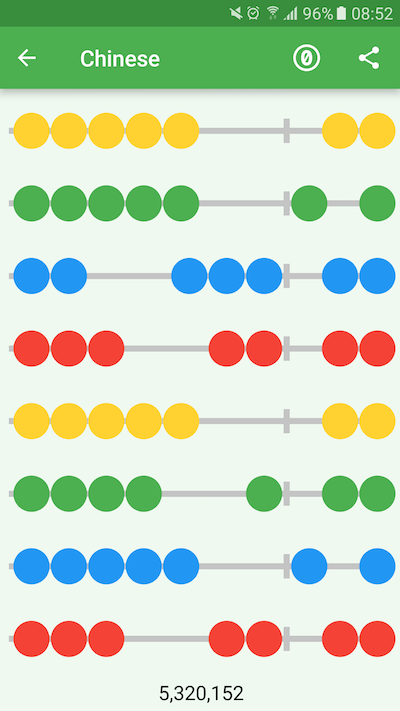
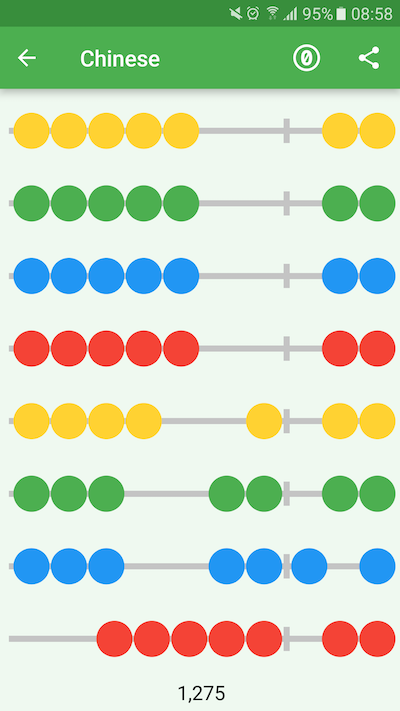
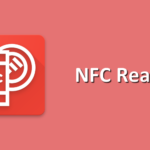


Leave a Reply
You must be logged in to post a comment.